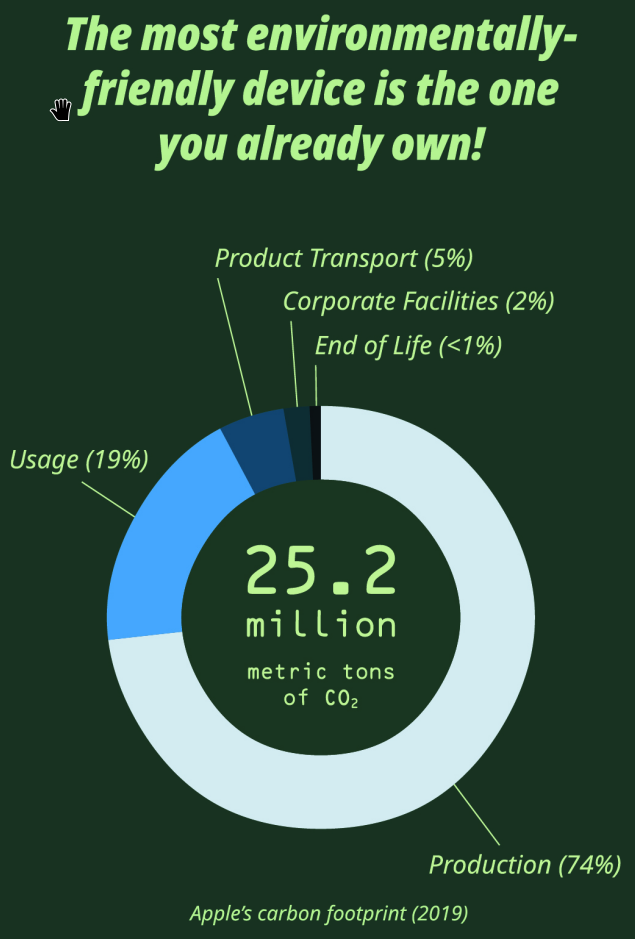2
1
Let the Sunshine In: Exploring the Benefits of Solar Windows for a Greener Tomorrow
(www.renewableenergymagazine.com)
5
1
6
1
CATL, BYD To Slash Battery Prices By 50% In 2024. BOOM! EVs Win! - CleanTechnica
(cleantechnica.com)
7
1
Bacterial melanin clothes may protect us from UV rays in the future - Yanko Design
(www.yankodesign.com)
12
1
When It Comes to the Environment, There Really Is No Such Thing as a “Good” Car
(www.nakedcapitalism.com)
13
1
14
1
16
1
18
1
23
1
25
1
view more: next ›
Solarpunk technology
2101 readers
20 users here now
Technology for a Solar-Punk future.
Airships and hydroponic farms...
founded 2 years ago
MODERATORS
